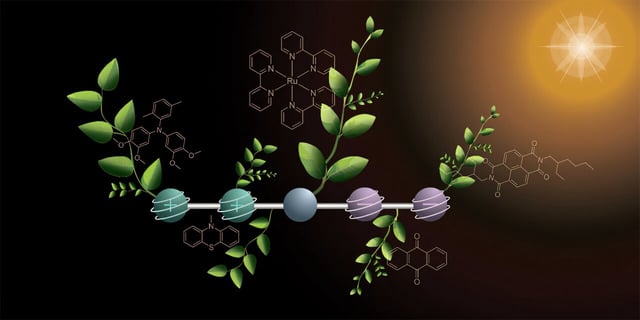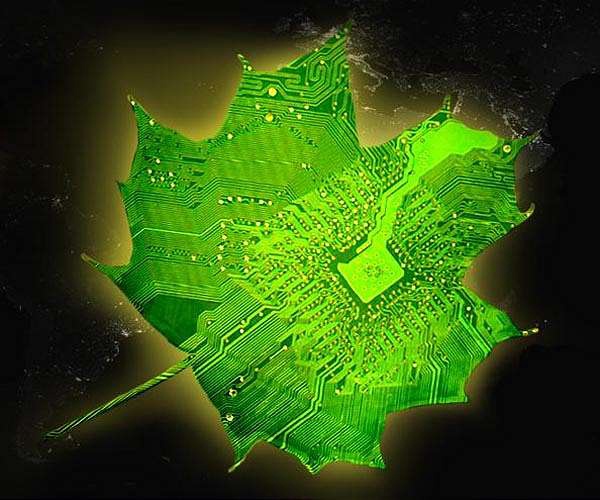Overview
- University of Basel researchers report a five-part donor–photosensitizer–acceptor compound that accumulates two positive and two negative charges under light.
- Two successive flashes generate the charges in sequence, with electrons driven to opposite ends of the molecule for spatial separation.
- The resulting photoproduct forms with a 37% quantum yield, persists for more than 100 nanoseconds, and stores about 3.0 eV of energy.
- The stepwise protocol operates with significantly dimmer light approaching sunlight intensity, addressing prior reliance on powerful lasers.
- The molecule is not a complete artificial photosynthesis system, but its charges remain stable long enough to power downstream reactions such as water splitting.

